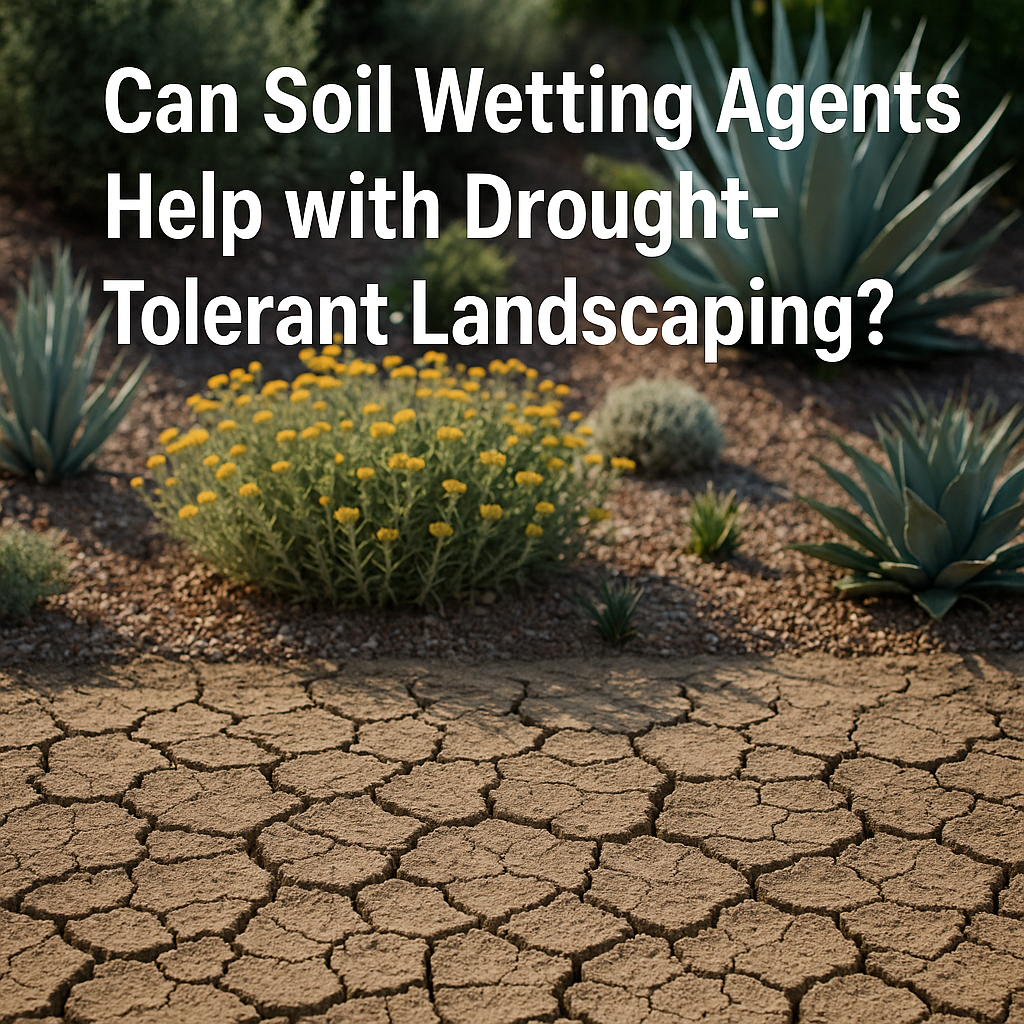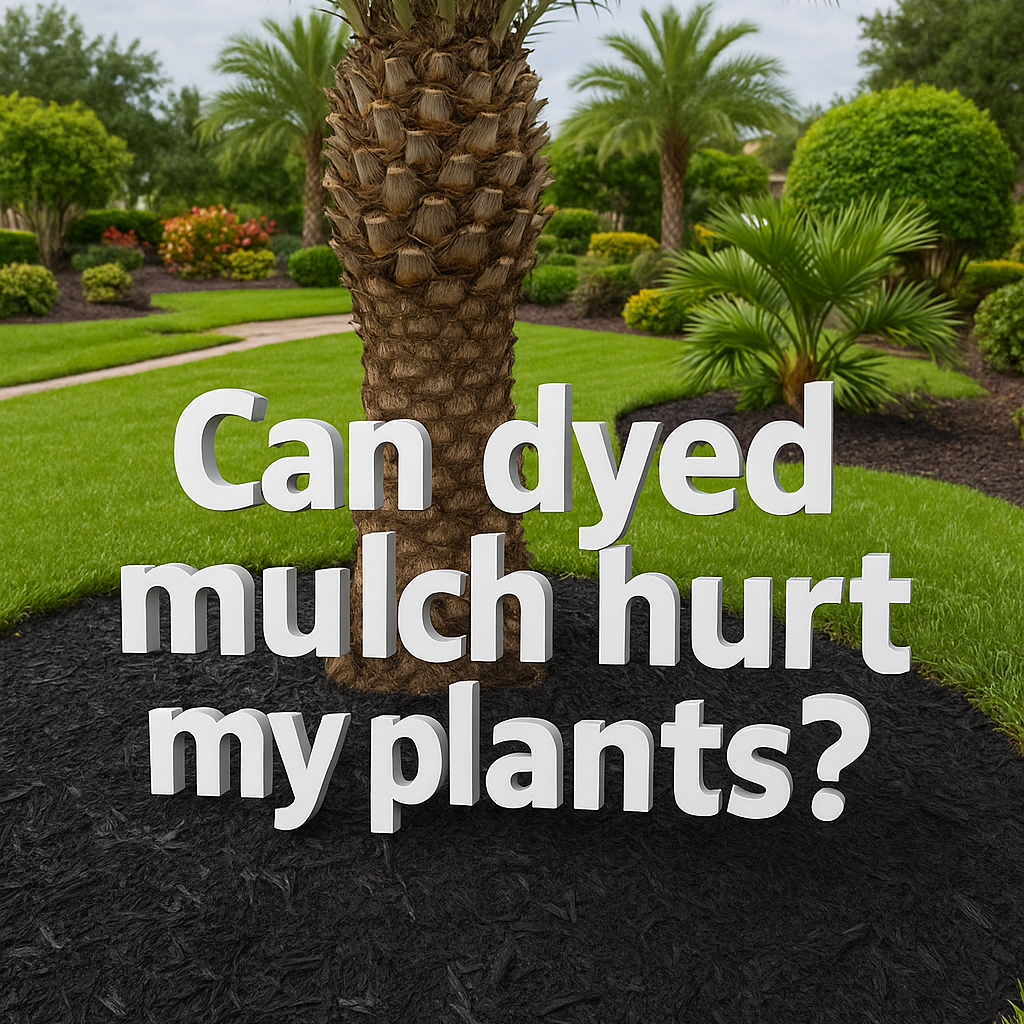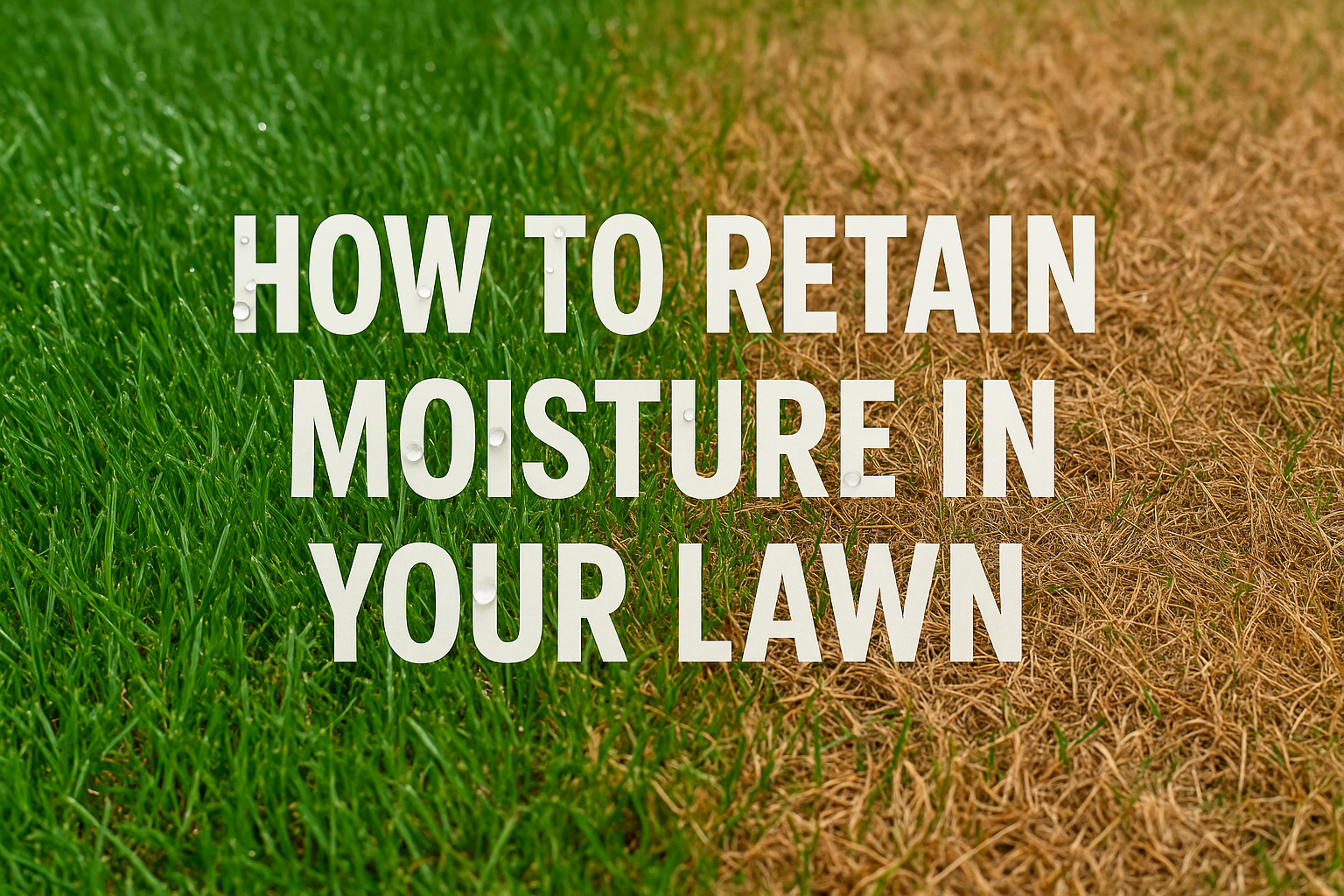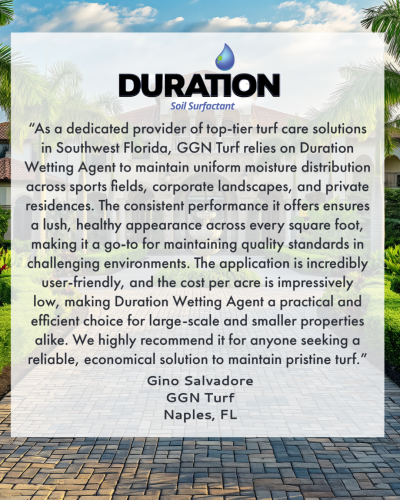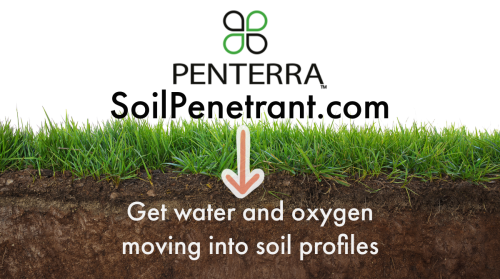Golf course superintendents face ongoing challenges with seasonal transitions, dormancy, and maintaining visual appeal throughout the year. One increasingly popular and cost-effective solution is the use of turf pigments. These high-performance colorants enhance turfgrass appearance, protect turf health, and improve golfer experience without relying solely on overseeding or constant irrigation.
In this blog, we answer the 10 most frequently asked questions about turf pigment for golf course applications, providing clear and actionable insights for turf professionals.
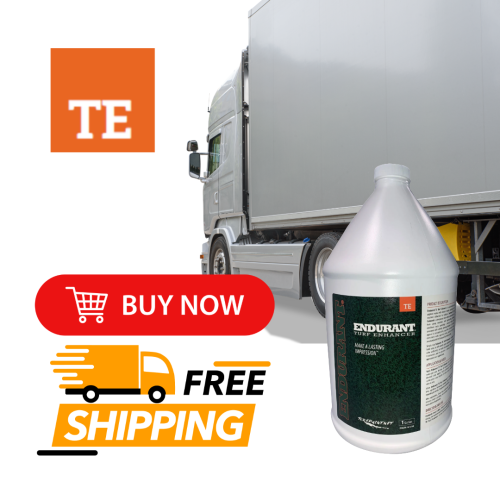
1. What is turf pigment and how is it used on golf courses?
Turf pigment is a concentrated, liquid colorant designed to bond to leaf tissue and enhance the natural green color of turfgrass. Unlike turf paint, which is more for full coverage (typically for dormant turf), turf pigments provide a translucent tint that boosts the natural chlorophyll already present in the grass.
On golf courses, turf pigments are commonly used on:
-
Greens
-
Tees
-
Fairways
-
Surrounds
The primary goals are to:
-
Improve visual uniformity
-
Maintain aesthetics through dormancy
-
Reduce reliance on overseeding
-
Provide contrast for playability

2. What is the difference between turf pigment and turf paint?
The terms “pigment” and “paint” are often used interchangeably, but they serve distinct purposes in turf management.
| Feature |
Turf Pigment |
Turf Paint |
| Appearance |
Translucent (enhances green) |
Opaque (masks discoloration) |
| Ideal Use |
Semi-dormant, healthy turf |
Fully dormant or discolored turf |
| Longevity |
7–21 days (reapplication needed) |
1–3 months depending on conditions |
| Application |
Light spray, often mixed in-tank |
Heavier application |
Golf superintendents often use pigments like Endurant Flex or Endurant TE for transitional periods or to maintain subtle, natural-looking color.
3. How long does turf pigment last on golf greens and fairways?
Turf pigment longevity depends on several factors:
-
Mowing frequency – Mowing removes pigment from leaf tips.
-
Rainfall & irrigation – Frequent water can reduce longevity.
-
Growth rate – Faster-growing grass fades quicker.
Generally, turf pigments last 7 to 21 days, but many superintendents extend longevity by using:
4. Is turf pigment safe for golf course grass and the environment?
Yes. Reputable turf pigments are:
Products like Endurant Flex and Endurant TE are environmentally friendly solutions that align with sustainable golf course management. These pigments are formulated to avoid phytotoxicity and meet EPA standards.
5. When is the best time to apply turf pigment on a golf course?
The ideal timing for turf pigment application depends on climate and turf type. In general, you want to apply:
By pre-loading turf with pigment (and micronutrients) before discoloration occurs, you:
-
Ensure more uniform color
-
Achieve longer-lasting results
-
Reduce visual “blotching” that occurs with post-dormancy application
6. Can turf pigment be applied with other products like fertilizers or fungicides?
Absolutely. One of the biggest benefits of turf pigments is tank-mix compatibility.
Turf pigments are commonly applied with:
This improves spray efficiency, saves labor, and enhances turf health. Always perform a jar test when mixing new combinations to avoid tank clumping.
7. What is the recommended application rate for turf pigment on golf greens and fairways?
Application rates vary based on the product, desired color intensity, and turf condition. Here’s a general guideline:
For greens (fine turf):
For fairways:
Products like Endurant Flex are often used at 32–128 oz/acre on fairways or sports turf. For best results, apply with flat fan nozzles, using 40–50 gallons per acre as a carrier volume.
8. Will turf pigment stain cart paths, players’ shoes, or equipment?
Modern pigments are engineered to minimize off-target staining, especially when used correctly.
To reduce the risk of staining:
-
Avoid windy conditions
-
Allow pigment to fully dry (20–30 minutes in sunlight)
-
Use spray guards near edges
-
Rinse any overspray immediately with water
Dried pigment on turf should not transfer to shoes, balls, or mowing equipment. Endurant pigments are known for their quick drying and low rub-off characteristics.
9. How does turf pigment help with turfgrass management on golf courses?
Turf pigments offer more than just aesthetics. They serve functional roles in turf management, including:
✅ Visual monitoring – Highlights patterns for irrigation uniformity
✅ Heat absorption – Darker turf warms faster in cooler seasons
✅ Stress camouflage – Masks temporary chlorosis or disease
✅ Enhanced perception – Boosts course presentation for tournaments and membership satisfaction
By integrating turf pigments into your agronomic plan, you support both playability and perceived value of the golf course.
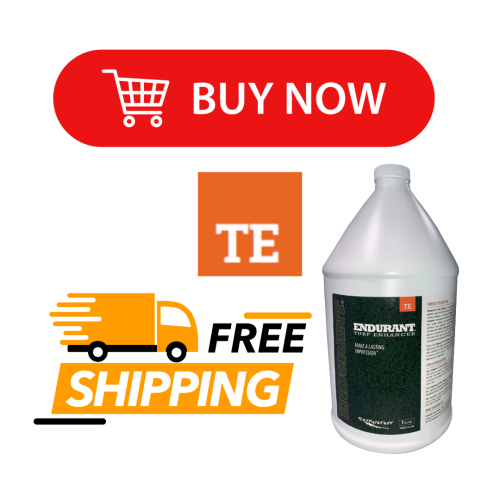
10. What is the best turf pigment for golf courses?
The best pigment depends on your:
-
Turf type (warm vs. cool season)
-
Desired shade (deep green vs. bluish-green)
-
Spray program (standalone or tank-mix)
Among top performers, Endurant TE and Endurant Flex consistently lead in:
-
Natural color tone (matches chlorophyll-rich grass)
-
Ease of use (low clogging, no settling)
-
Versatility (compatible with spray programs)
-
Fade resistance (longer-lasting color between mows)
Endurant pigments are available in various shades (TE, Flex, etc.) to suit the visual goals of each course. Geoponics Corp also offers a complete line of TurfPaint.net and Endurant Great WhiteLinePaint.com (Athletic Paint)
Conclusion
Turf pigment is a game-changing solution for golf course superintendents looking to reduce inputs, enhance appearance, and manage turf health year-round. Whether you’re trying to avoid the high cost of overseeding or simply want a vibrant course that stands out in aerial photos and tournaments, turf pigments like Endurant TE and Endurant Flex are essential tools in the modern turf manager’s arsenal.
By understanding how and when to use turf pigments — and combining them with proper cultural practices — your course can look stunning, play beautifully, and stay ahead of seasonal stress.
Where to Buy Endurant Turf Pigments:
Visit TurfPaint.net or ShopGeoponics.com (Free Shipping) for more information or to purchase online. For bulk purchases, consult your local distributor.

